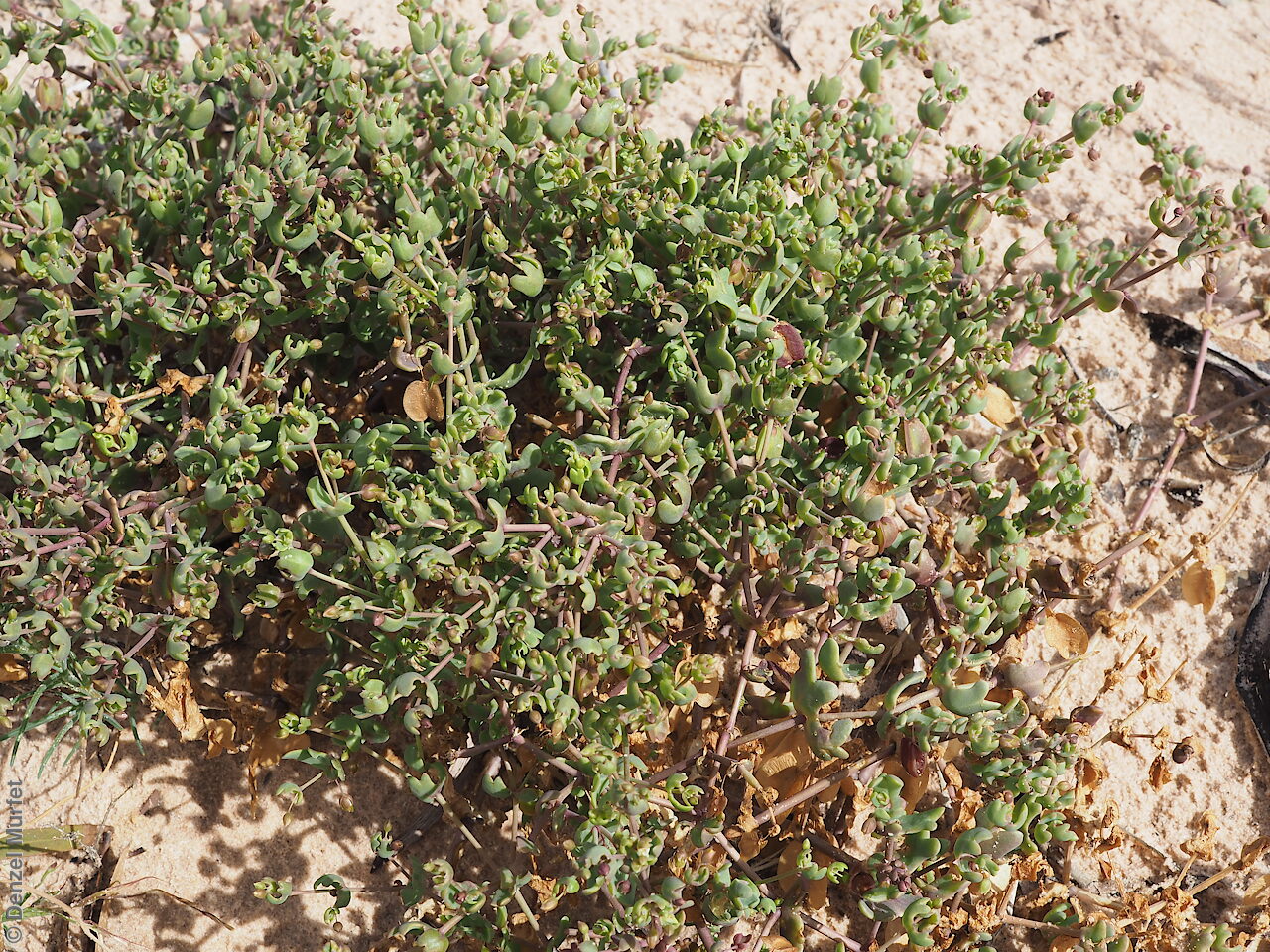
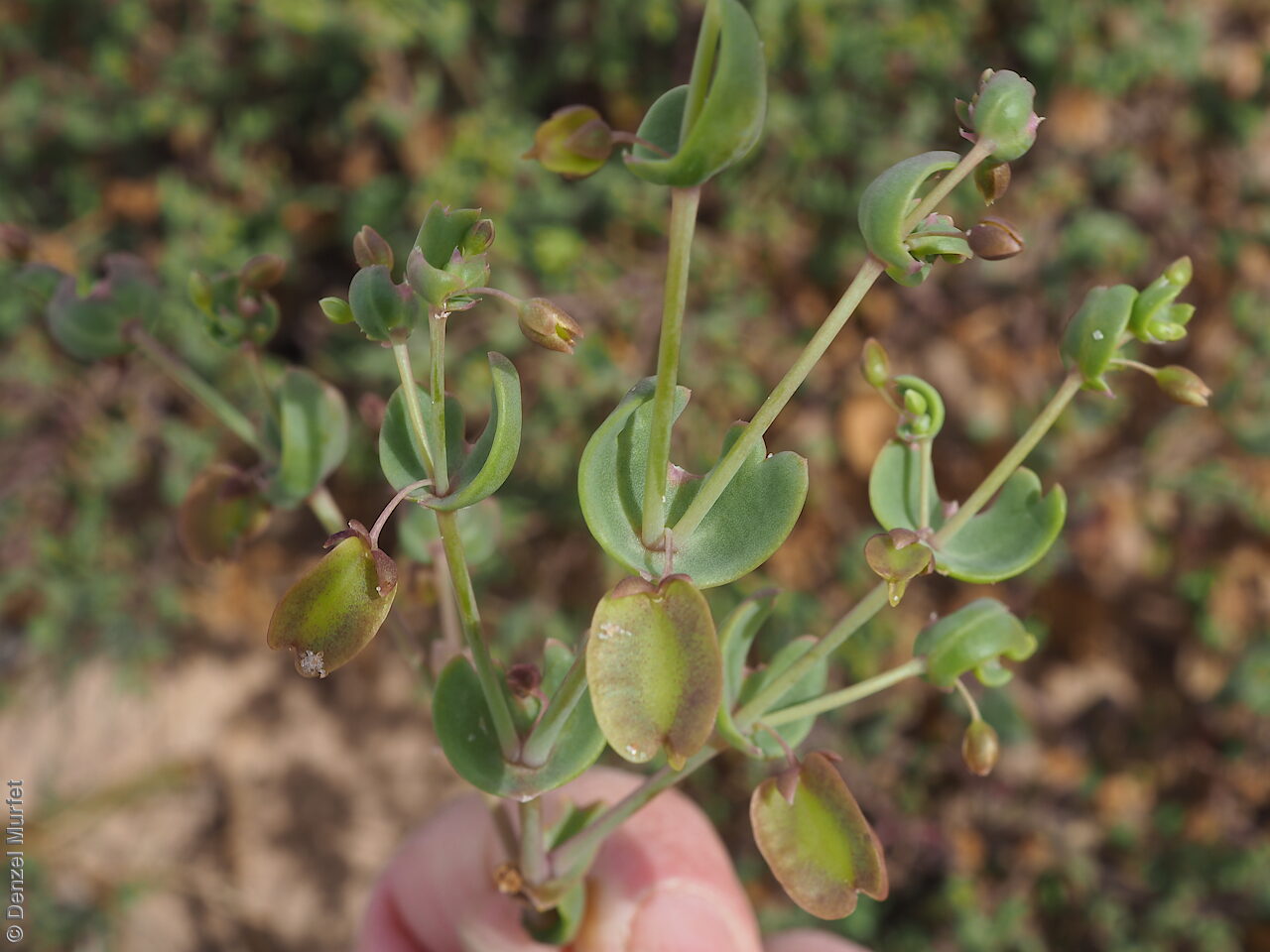
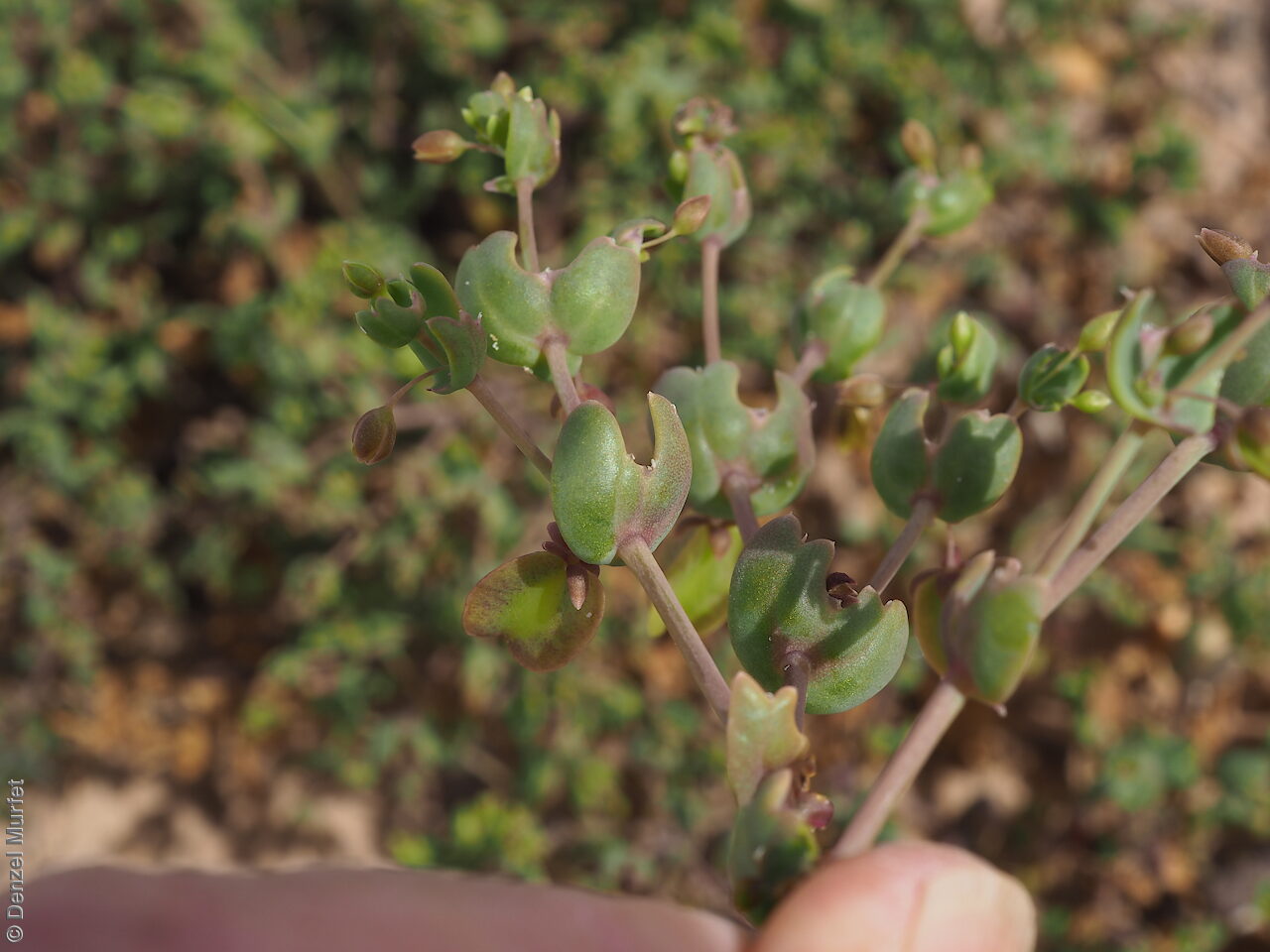
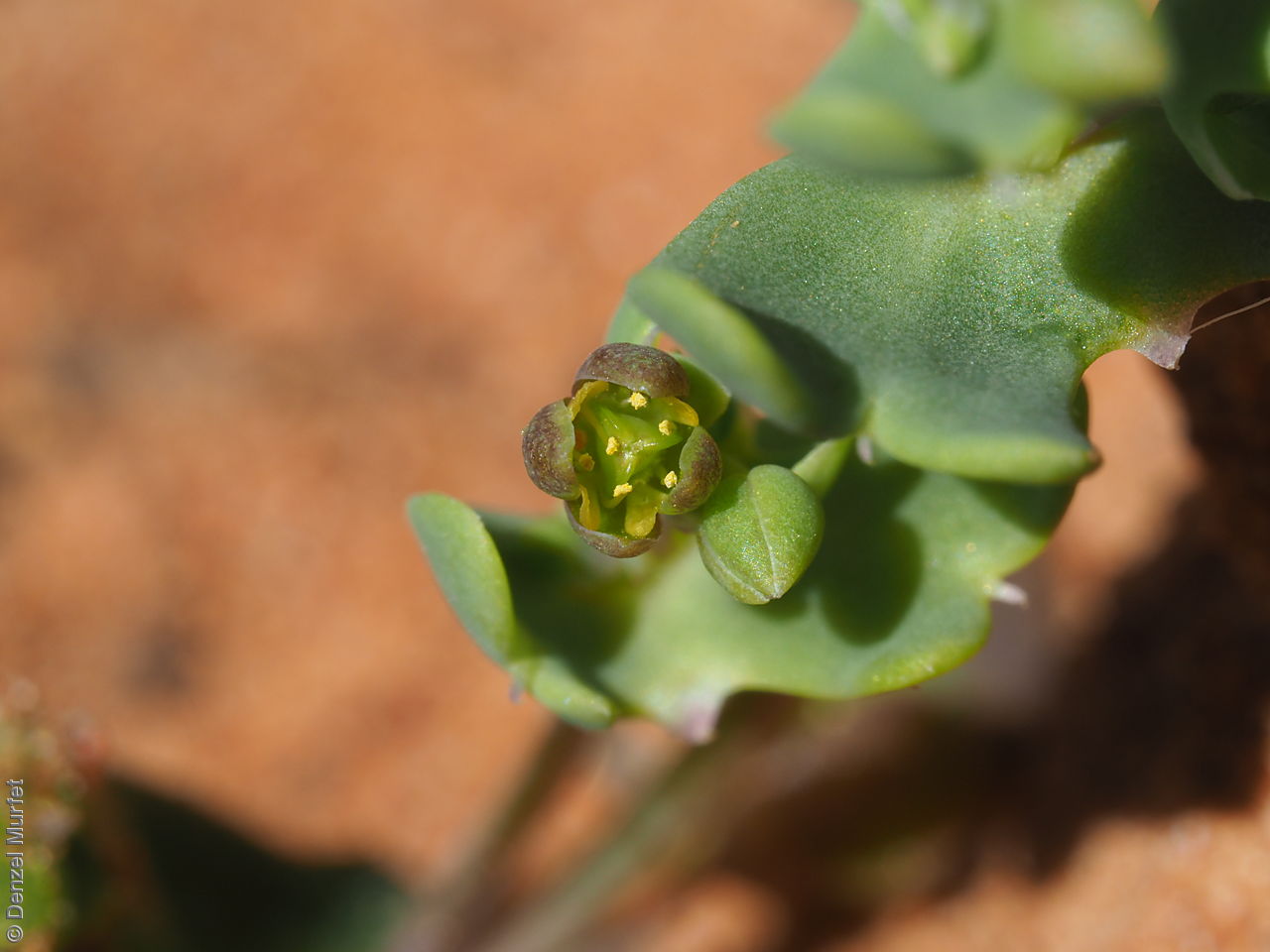
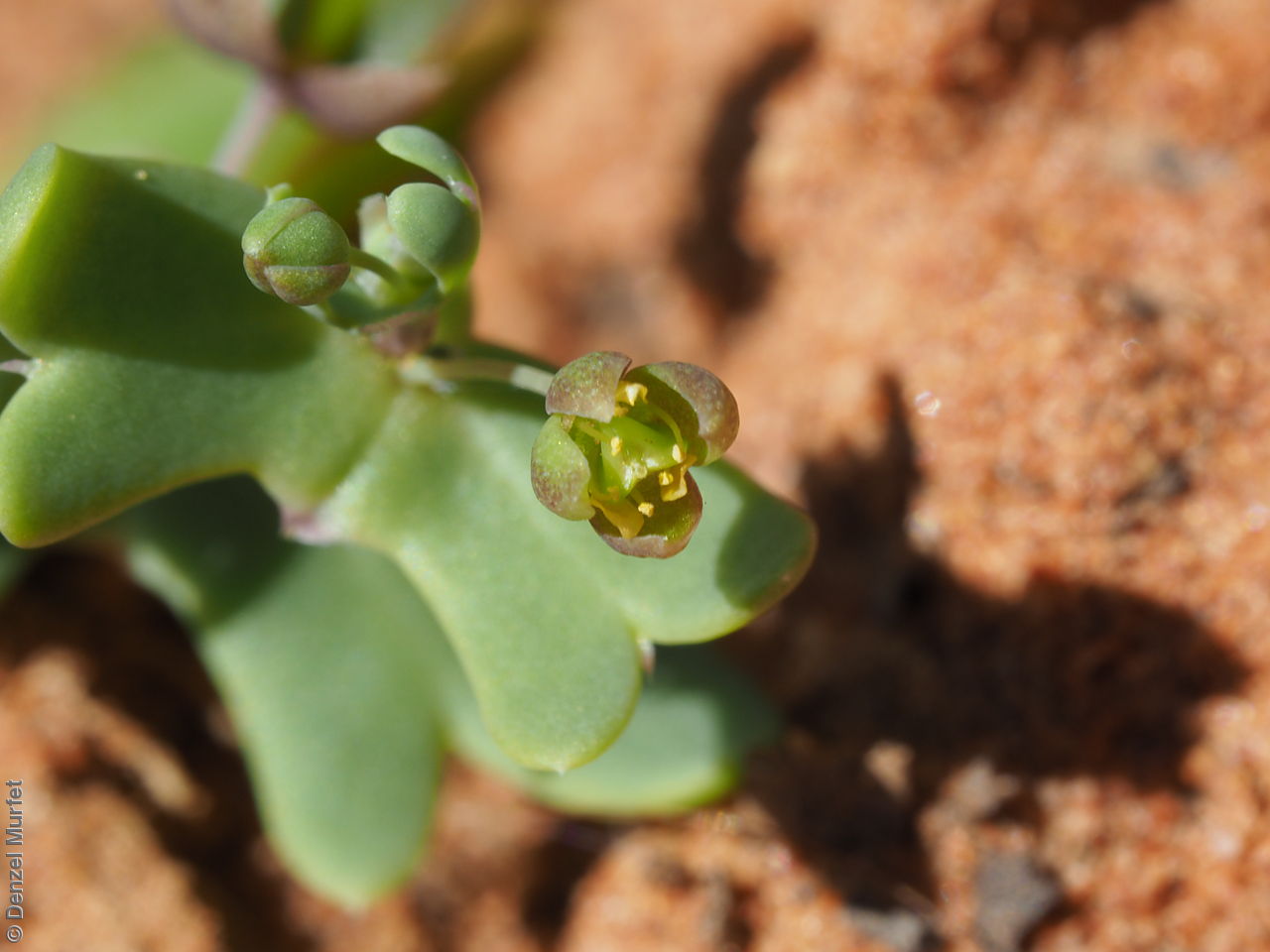
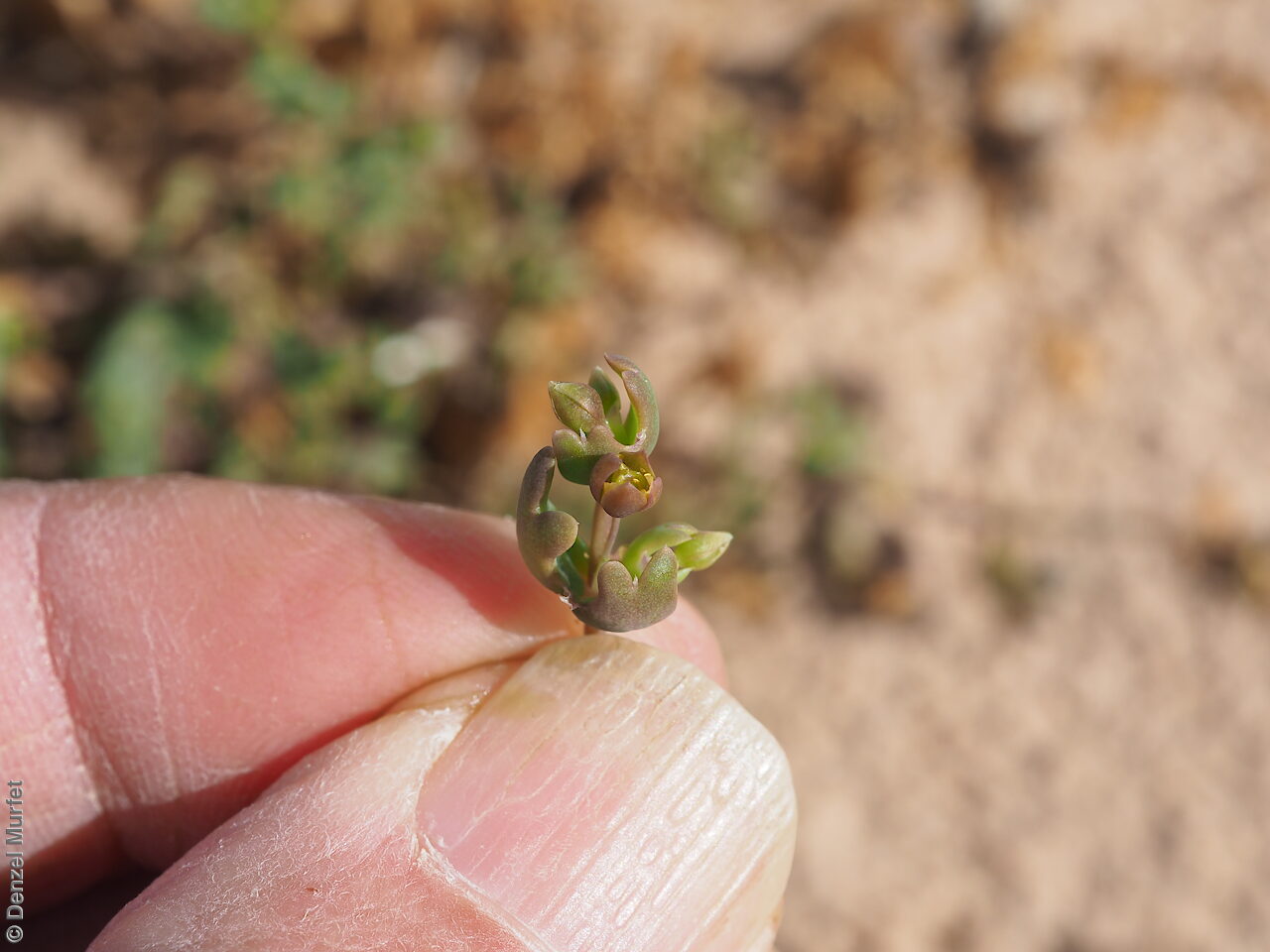
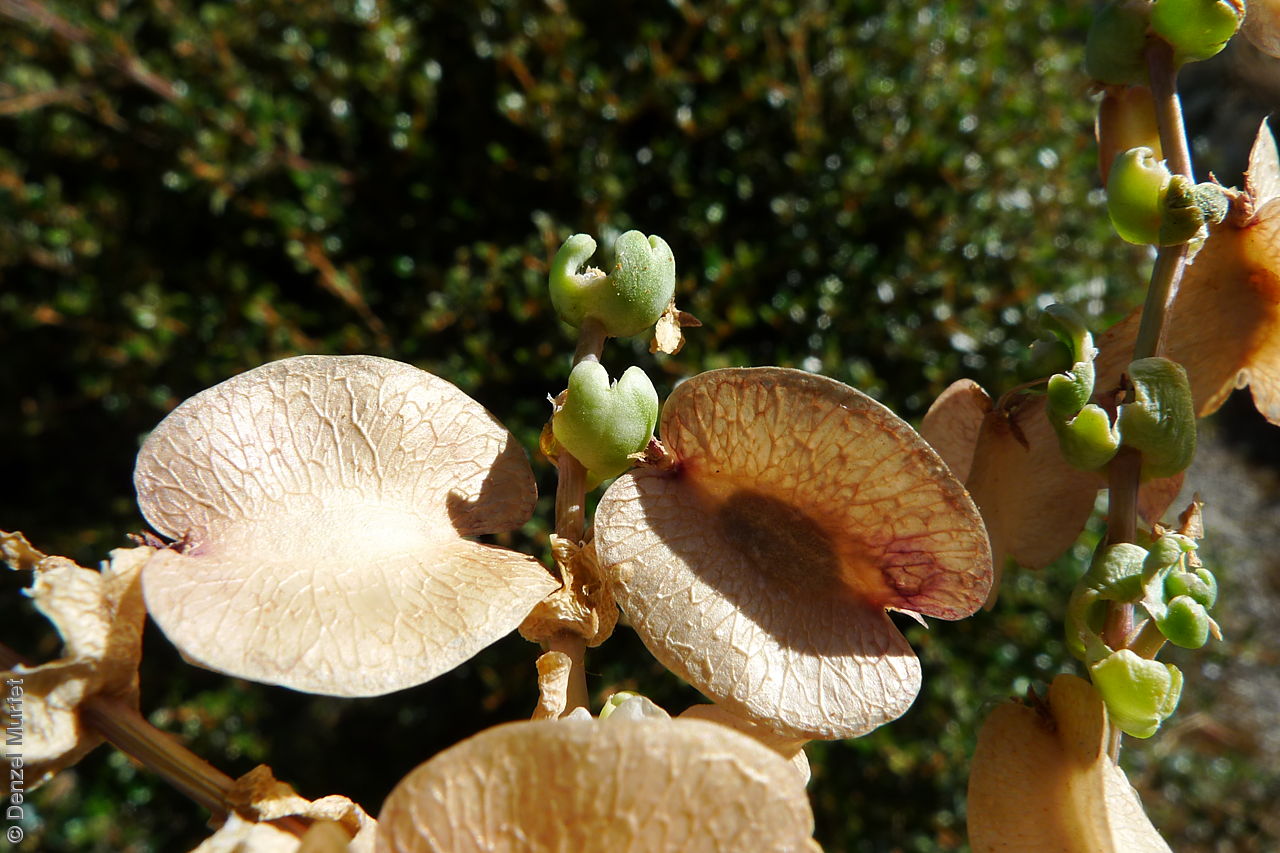
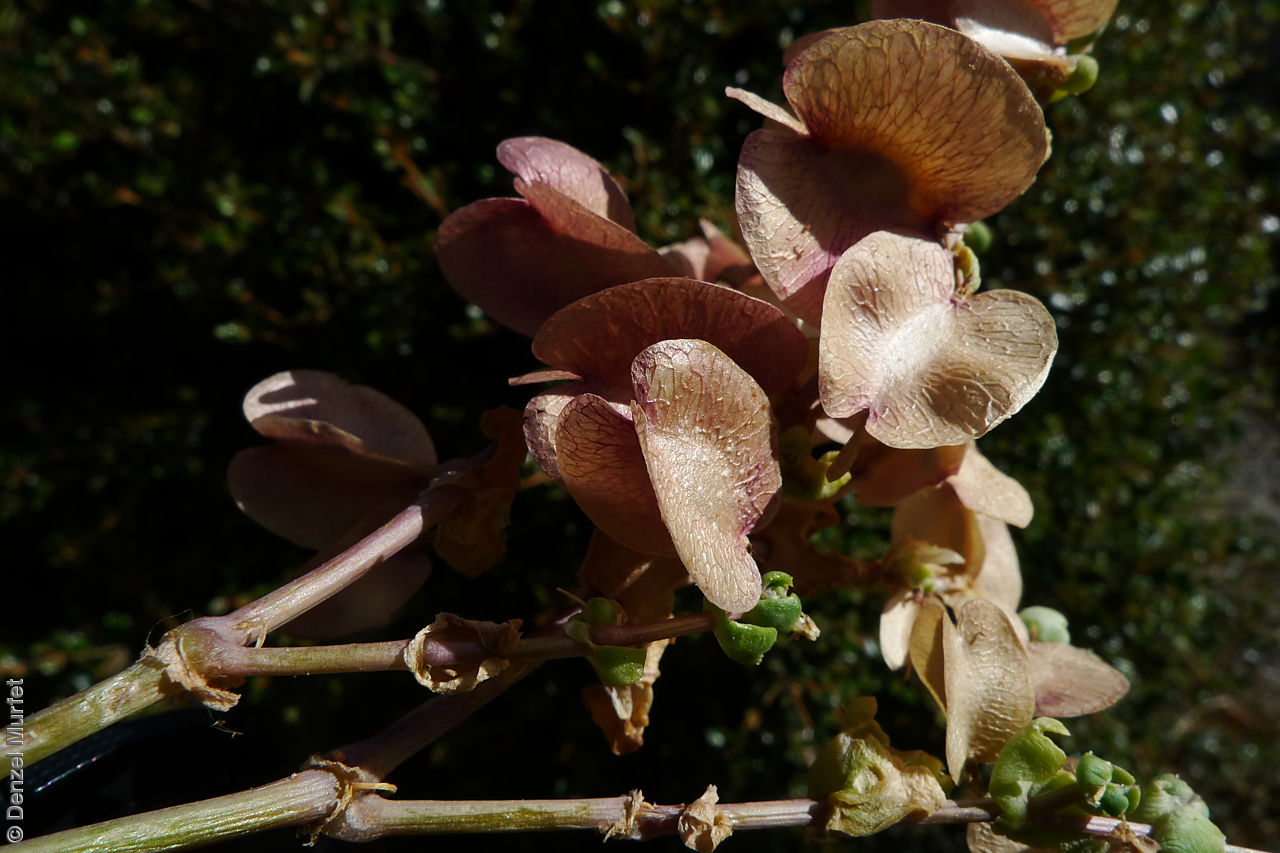
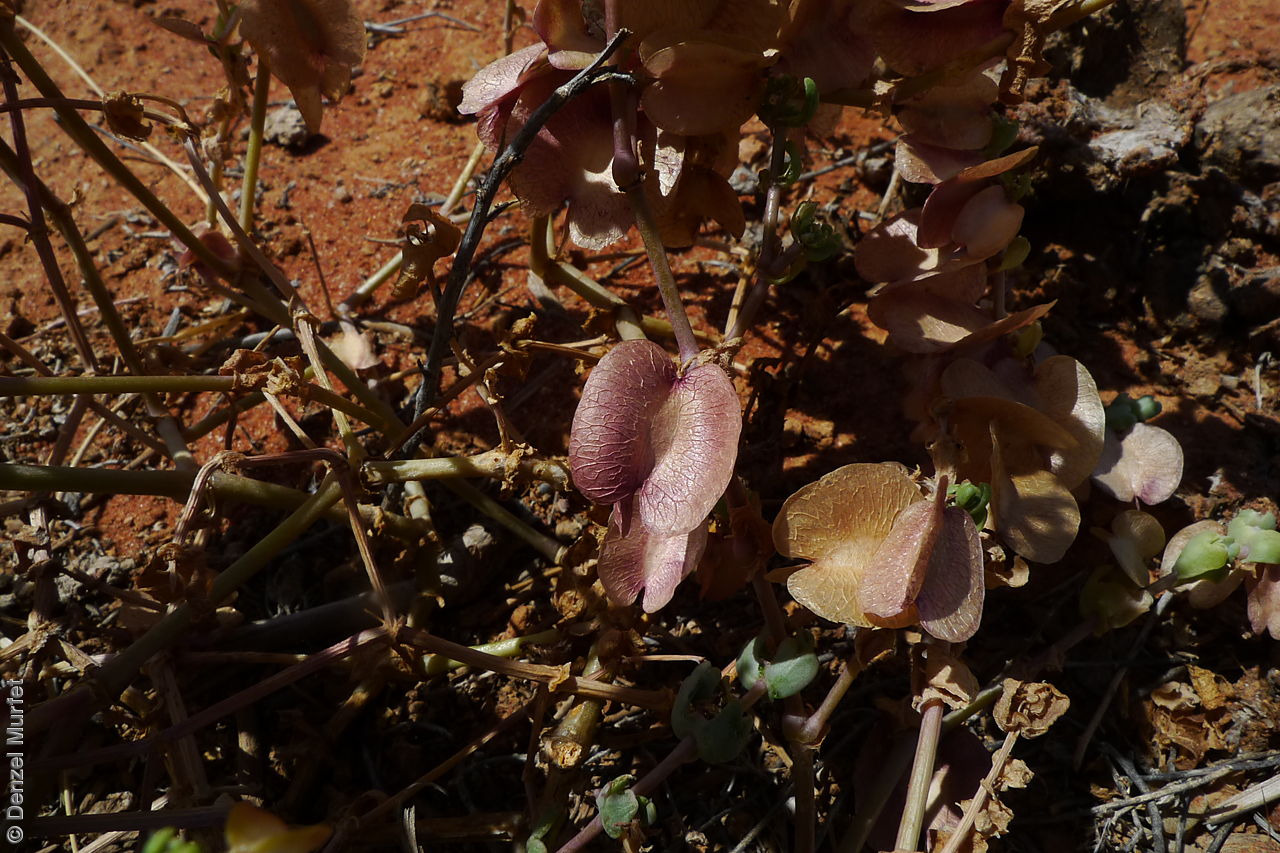
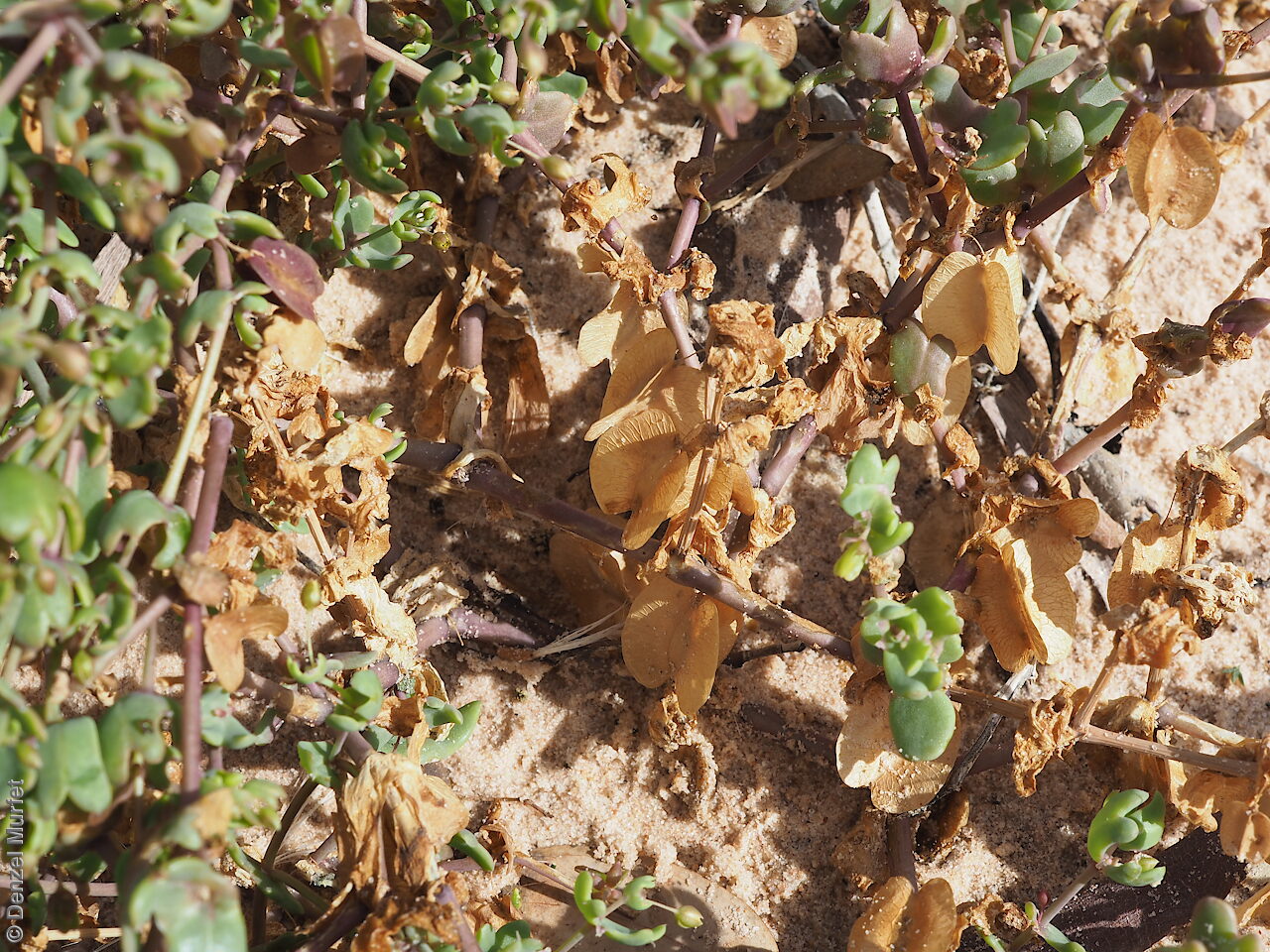
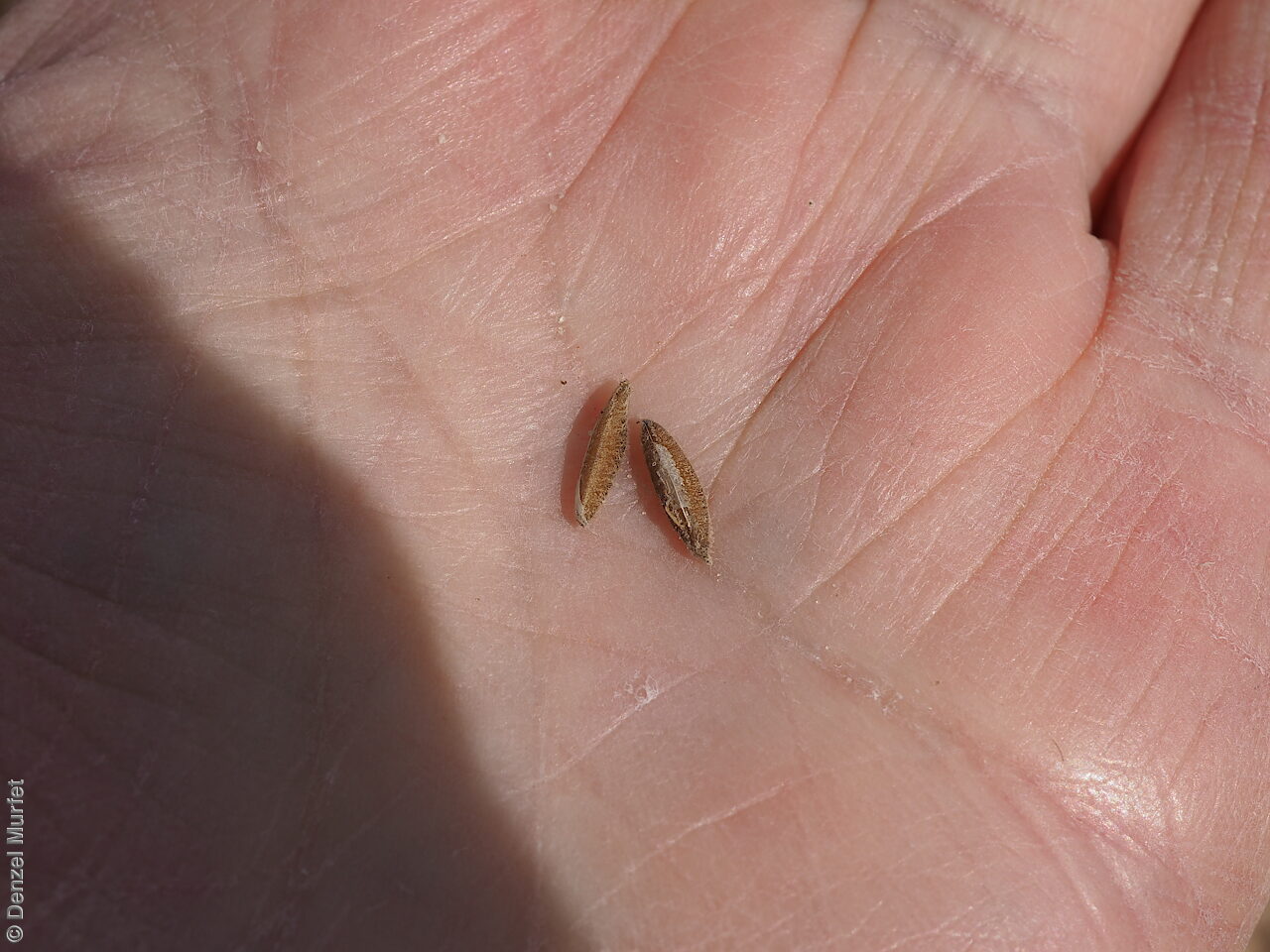
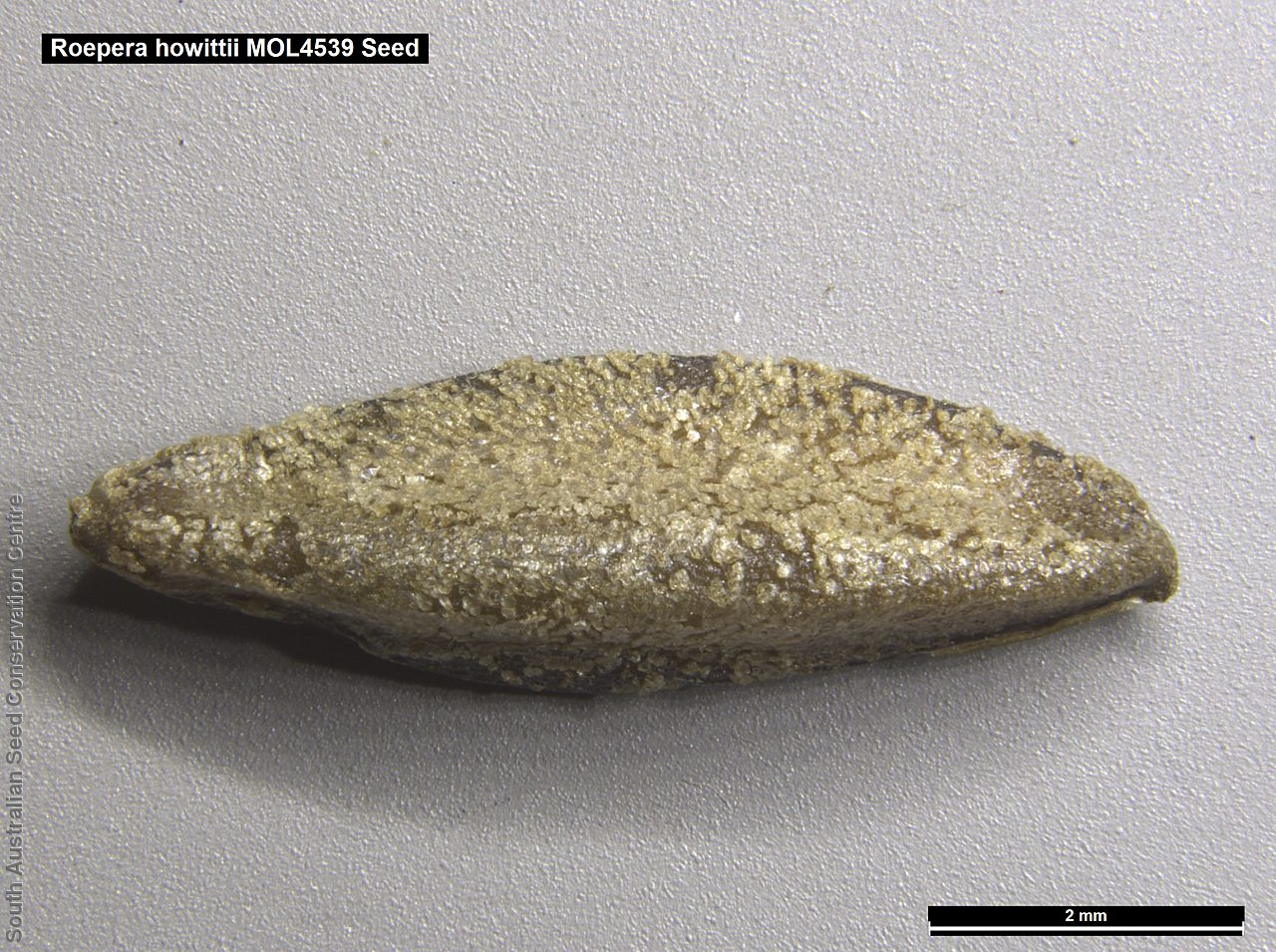
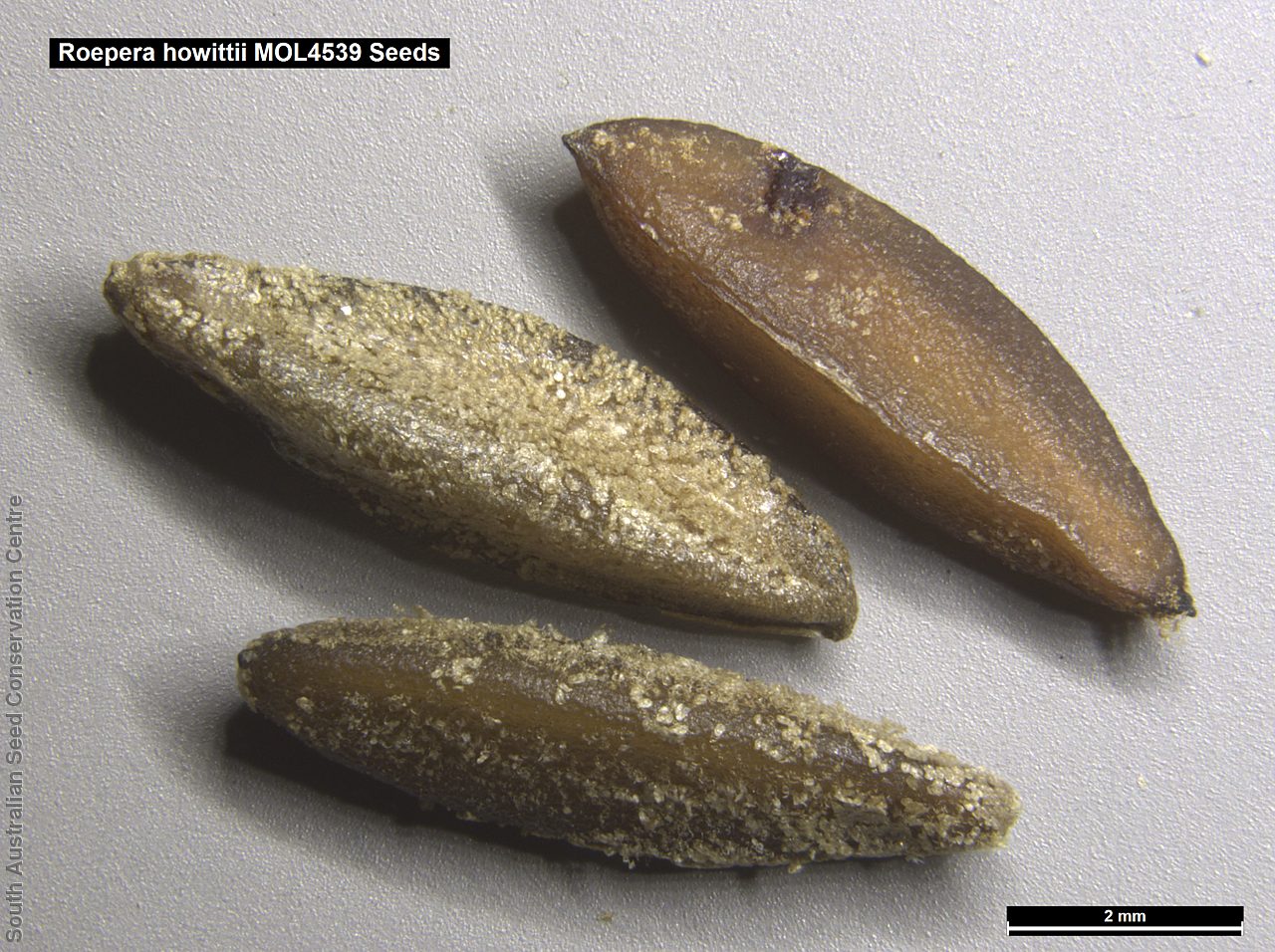

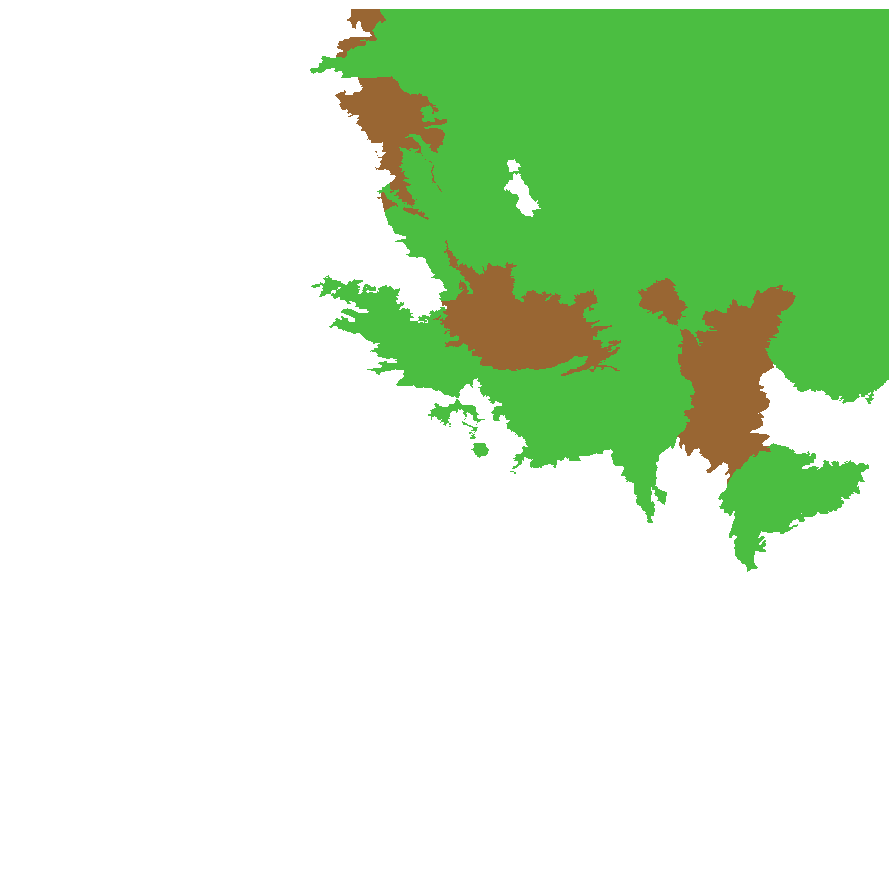
Botanical art
Prior names
Zygophyllum howittii
Common names
Clasping Twinleaf
Etymology
Roepera (formally Zygophyllum which is from the Greek 'zygon' meaning pair and 'phyllon' meaning leaf; referring to the pair of leaflets making up each leaf) is named after Johannes August Christian Roeper (1801 -1885), a German botanist and physician. Howittii named after Alfred William Howitt (1830-1908), an English-born Australian explorer who lead expeditions to look for pastoral country near Lake Eyre, South Australia and in search of the Burke and Wills expedition. The type specimen was collected by Dr J. Murray, who joined Howitt's second expedition as surgeon and plant collector.
Distribution and status
Found in the north-eastern part of South Australia, growing on sandplains, fertile alluvial plains, dunefields, sandy salt-lake margins, breakaways, and intermittent watercourses and run-on areas. Also found in the Northern Territory, Queensland and New South Wales. Native. Common in South Australia. Uncommon in New South Wales. Common in the other states.
Herbarium regions: Lake Eyre, Gairdner-Torrens, Flinders Ranges, Eastern, Eyre Peninsula
AVH map: SA distribution map (external link)
Plant description
Spreading, erect or prostrate annual herb 30 cm high. Leaves opposite, succulent, usually bluish-green to pinkish-purple and sometimes glaucous, Y-shaped with the broad petiole-like part continuous with the 2 lobes, to 44 mm long and 30 mm wide. Leaves of upper pairs connate at the base and encircling the stem. Stipules present between pairs of opposite leaves. Inflorescence on a long stalk with small yellow flowers. This is the only species in this genus with some of its parts in 3s and with opposite pairs of leaves joined at the base. Flowering between may and November. Fruits are brown with purplish-tinged, three-winged capsule to 19 mm long and wide, wings faintly reticulate, with only 1 seed developing in each fruit. Seeds are pale brown narrow ovoid to oblong, to 6 mm long and 2 mm wide, covered in short dense hairs. Seed embryo type is spatulate fully developed.
Seed collection and propagation
Collect seeds between July and January. Collect semi-dried and dried capsules by running your hands through the stems of the plant. Mature fruits will come off easily and will have a hard and dark seed inside each segment. Place the capsules in a tray and leave to dry for 1 to 2 weeks, depending on how green the fruit is. Then rub the dried capsules to dislodge the seeds. Use a sieve to remove the unwanted material. Store the seeds with a desiccant such as dried silica beads or dry rice, in an air tight container in a cool and dry place. Seed viability is usually high.
| Location | No. of seeds (weight grams) | Number of plants | Date collected | Collection number Collection location | Date stored | % Viability | Storage temperature |
|---|---|---|---|---|---|---|---|
| BGA MSB | 6,500 (50 g) 6,500 (50 g) | 58 | 22-Oct-2004 | MOL4539 Gairdner-Torrens | 28-Mar-2006 | 90% | -18°C |
Number of plants: This is the number of plants from which the seeds were collected.
Collection location: The Herbarium of South Australia's region name.
% Viability: Percentage of filled healthy seeds determined by a cut test or x-ray.